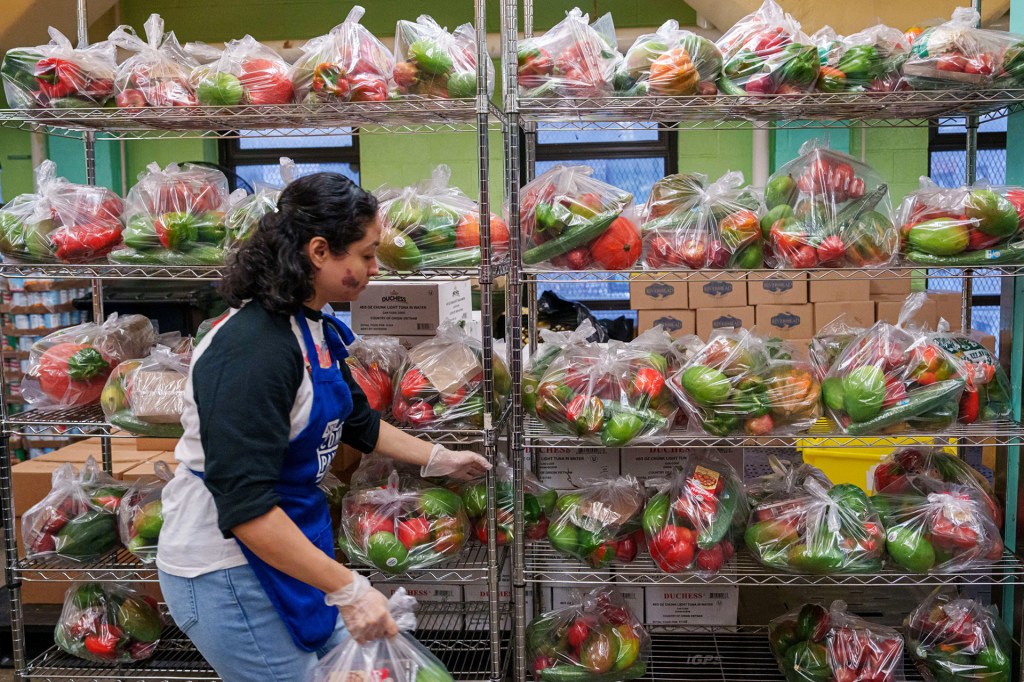Spreading Joy
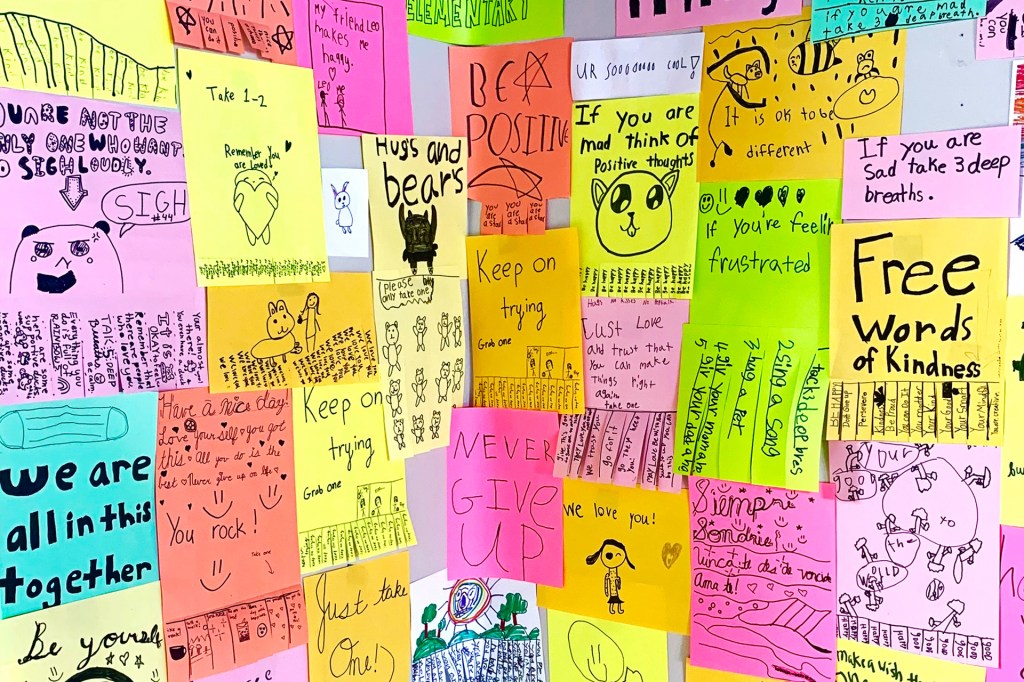
“Believe in yourself.”
“It’s okay to be different.”
“If you’re feeling up high and unbalanced, think of groundhogs.”
These are encouraging messages. Callers may hear them on the PepToc Hotline. It’s part of a public art project. It was created by teachers. They are Jessica Martin and Asherah Weiss. They did the project with students at West Side School. That’s in Healdsburg, California. They launched the hotline in February. Now it’s a global sensation.
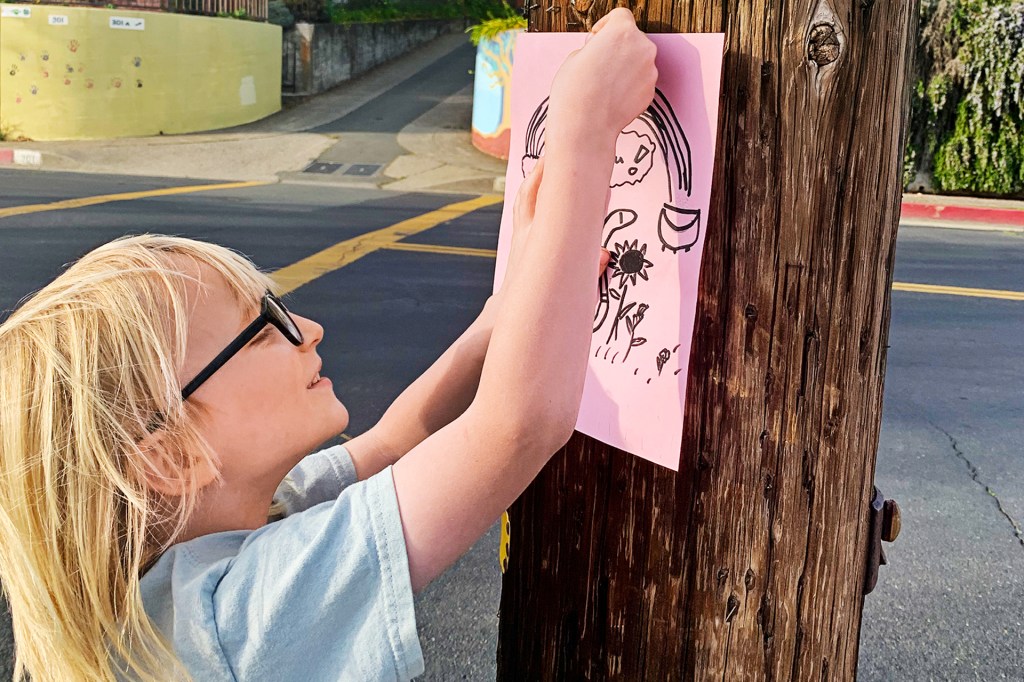
BE YOU! A student hangs an inspirational poster on a telephone pole in Healdsburg, California.
COURTESY JESSICA MARTIN“We initially intended for this project to be just for our little town,” Martin told TIME for Kids. The community had been through so much. Wildfires. Evacuations because of the fires. The pandemic. Martin says her students have stayed strong. She says they are “incredibly resilient and maintain their joy.” The PepToc project celebrates this. It does so through art.
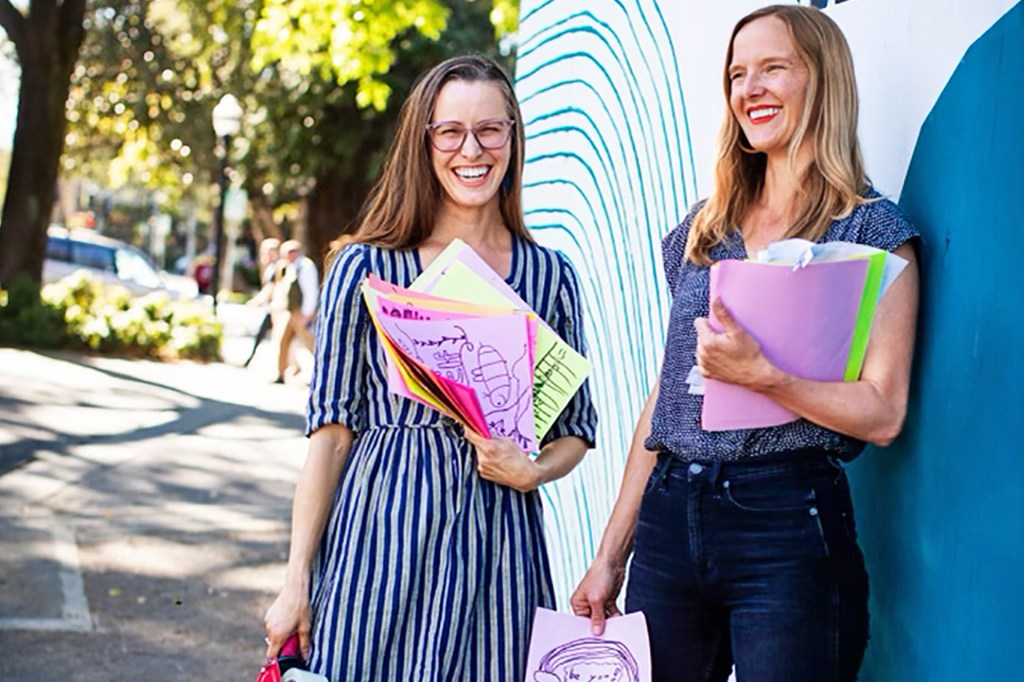
TEACHER POWER Asherah Weiss and Jessica Martin worked with students to create the PepToc project.
BRYAN MELTZGetting Creative
Public art doesn’t appear in traditional art spaces. A museum is this kind of space. Public art could be on the side of a building. It could be on a telephone pole. “It’s about adding something unexpected to an otherwise mundane
mundane
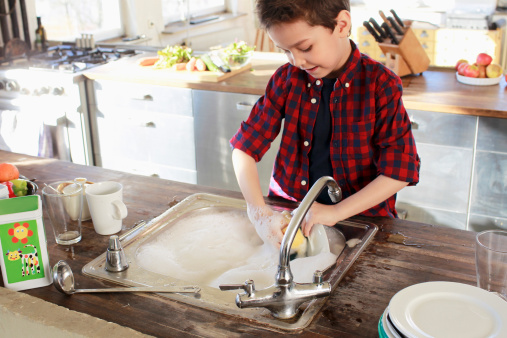 EMELY—GETTY IMAGES
dull or ordinary
(adjective)
Washing dishes is a mundane chore.
environment,” Martin says.
EMELY—GETTY IMAGES
dull or ordinary
(adjective)
Washing dishes is a mundane chore.
environment,” Martin says.

ON THE STREET A PepToc flyer and cards telling people about the hotline are on display in California.
COURTESY ASHERAH WEISSPepToc does that. The project is in two parts. One part is posters. The other is the PepToc Hotline.
Weiss and Martin wanted to spark ideas for the posters. They showed students artwork. It was by other artists. And they got the kids asking questions: How can I support someone? How has someone supported me?
Then the kids put up their posters. They put them around town. There were more than 150 posters. They were in English and in Spanish. “Kids just ran with it,” Weiss says.
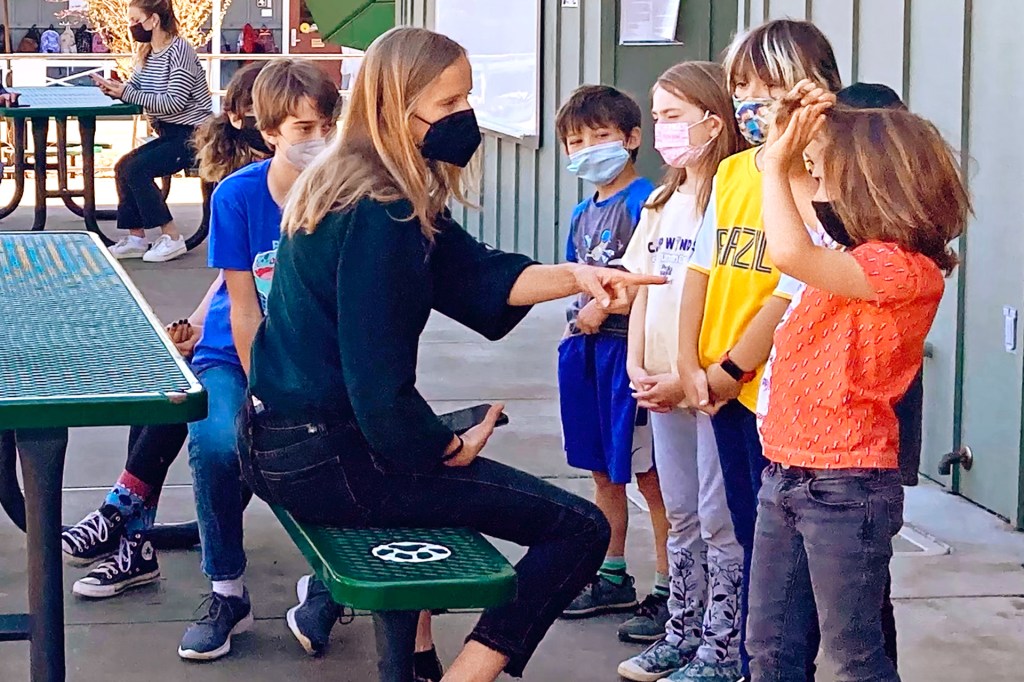
RECORDING SESSION Students take turns recording encouraging messages with Jessica Martin.
COURTESY ASHERAH WEISSMartin invited kids to record pep talks for the telephone hotline. What happens when you ask a kid for advice? “They can immediately come up with three or four different ideas,” Martin says. This is “a testament
testament
 FIZKEZ—GETTY IMAGES
proof that something is true
(noun)
Her acceptance at the school of her choice was a testament to her hard work.
to the amazing teachers and families that have been helping them over the past few years,” she says.
FIZKEZ—GETTY IMAGES
proof that something is true
(noun)
Her acceptance at the school of her choice was a testament to her hard work.
to the amazing teachers and families that have been helping them over the past few years,” she says.
Making an Impact
So far, the PepToc Hotline has gotten nearly 5 million calls. They’re from all over the world (see “Going Global”). Why is the hotline so popular? “People need something to make them feel good in these times,” Darin Juric told TFK. He’s a fifth grader at West Side.
Rima Meechan is the principal. “We all just needed something positive,” she says. “We needed a light.”
Weiss thinks there’s a lesson in the project. Small acts can have a big impact. “If you have an idea, just try to do it and see what happens,” she says.
Martin agrees. “I think kids really need to understand that they have extraordinary power,” she says. “It really does just take a few words of kindness to uplift the world.”
West Side students know this. They’re thinking about new messages. They plan to record them for the PepToc Hotline.
Going Global
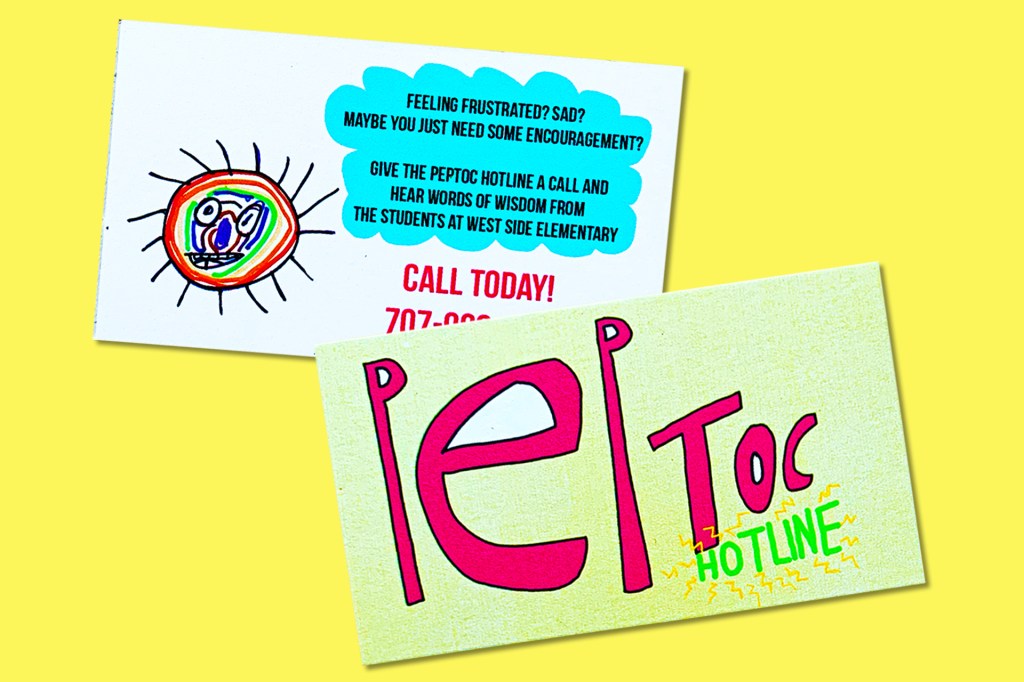
COURTESY JESSICA MARTIN
The PepToc Hotline has fans around the world. They’re in Argentina, Australia, and France. They’re in Germany and Mexico. And they’re in the Netherlands, New Zealand, and South Africa.
Bella Yana Abel is “incredibly surprised” by this. She’s a fifth grader at West Side. “It started as a little hotline at a little school in a little town, and suddenly it’s worldwide famous,” she says. But “people should know that PepToc isn’t about being famous,” she adds. “It’s about making people happy.”







